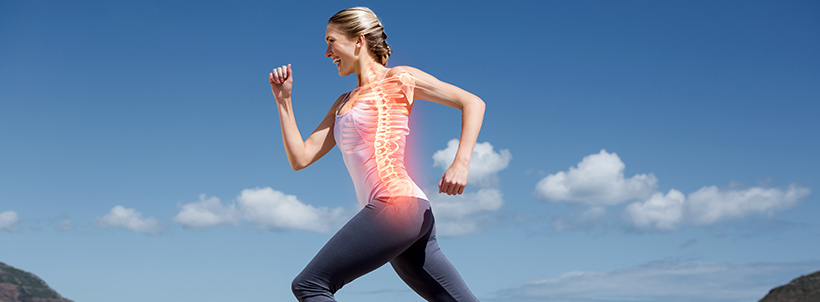Bone Balance Index to Determine Risk of Bone Loss for Women

According to Jun Wang, MS, Nutritional Consultant at InVite Health’s Forest Hills and Bronx store locations, “Osteoporosis is a health condition where your bones are weak and brittle. Health risks of osteoporosis may include an increase of fractures of the hip, wrist and spine. Generally speaking, osteoporosis is bone loss and, every day since the day we are born, our bones are becoming weaker and weaker. Before our thirties, the breakdown of “old” bones are slower than the production of “new” bones, so the skeleton grows in both size and strength. After that point, bone density slowly declines in both men and women. Women after menopause are at the highest risk, while millions of American men are also suffering from osteoporosis.”

Researchers have developed an index one of the study’s authors, Albert Shieh, MD from the University of California says tests the blood or urine for proteins that reflect “either bone breakdown or bone formation along. Since both bone breakdown and bone formation occur at the same time in the body, we created an index that accounts for both processes, and tested whether this new index can help predict bone loss.”
The Study
This new index is called the Bone Balance Index. According to a new study published in the Endocrine Society’s Journal of Clinical Endocrinology & Metabolism, researchers used data from 685 women between the ages of 42 and 53 as they went through menopause, as women are prone to bone loss during the menopausal transition. Urine and blood samples were taken from the women to measure proteins that reflect bone breakdown and bone formation called bone turnover markers. These markers helped to determine each participants bone balance before their final menstrual period.
Shieh reported, “This novel approach to assessing an individual’s bone health may help identify which women are at risk of losing vertebral bone mineral density across the menopause transition.”
Source: http://www.medicalnewstoday.com/releases/311221.php
